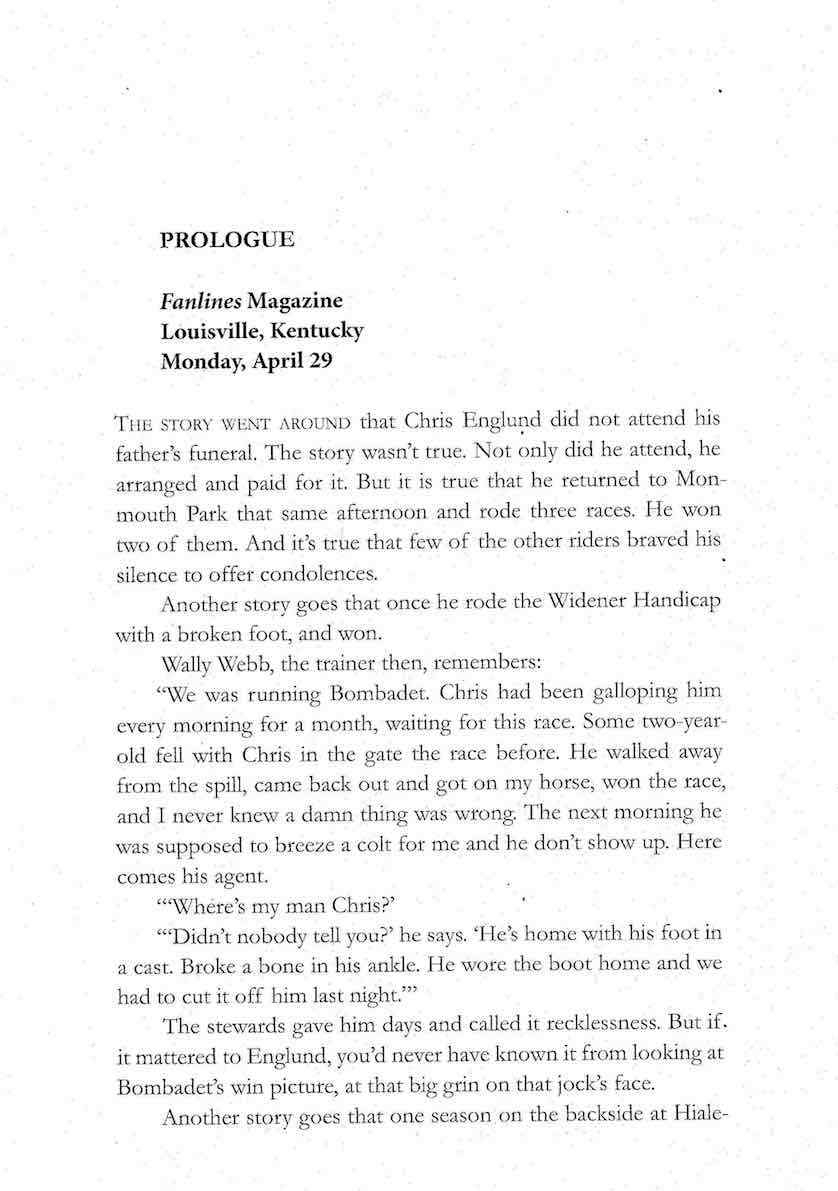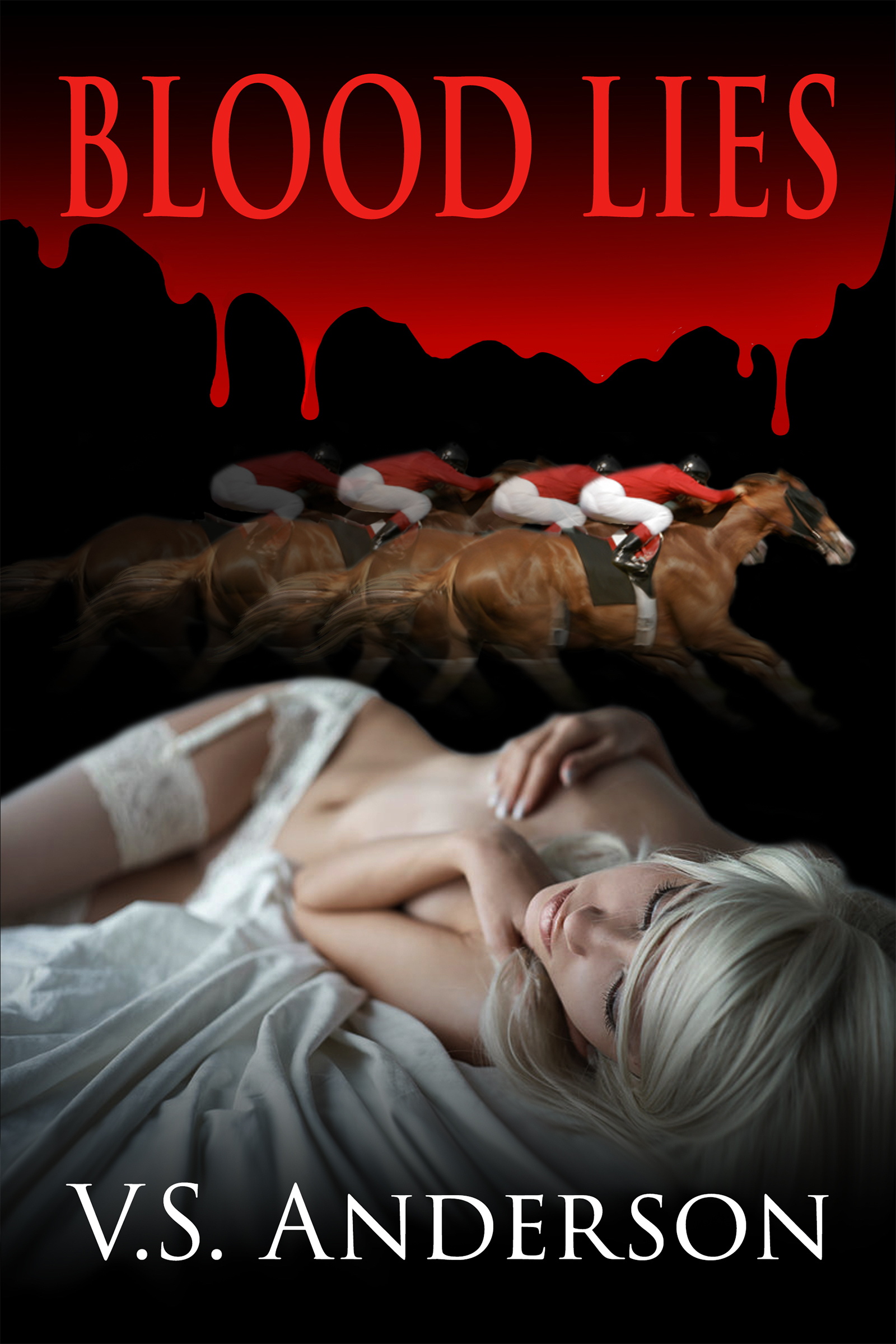Following up on an earlier post on hyphens from Connie J. Jasperson, here’s a handy discussion of the different uses of dashes and hyphens.
I’d like to add that, if you’re writing on a Mac, you can create an em dash by typing Space/Option/Hyphen. My new wireless keyboard, a Microsoft product, allows for most Mac keystrokes, but not that one, and I miss it.
There are other key combinations that can produce an en dash, but I seldom use this symbol so I don’t know them. Oh, and there are all kinds of symbols and special characters you can produce with various key formulas, especially math symbols. One day I’ll get around to exploring them all.
Another point of interest: both PC and Mac keyboards make using an em dash for interrupted dialogue really annoying. If you type dialogue like
“I thought I told you”
you can use an em dash to show that the dialogue has been cut off by an event or another speaker:
“I thought I told you—”
What you can’t see here because WordPress made the correction, is that, using smart quotes as we usually must, in Word, the quote marks after the em dash will be backward!
You can make them come out correctly by typing a period, as in
“I thought I told you—.”
In my experience, this construction doesn’t take the period, though some style sheets may differ. If you don’t want the period, you have to reposition your cursor (use the arrow keys), delete the period, then move your cursor again before hitting return.
I’ve tried storing the corrected text in Autocorrect, but so far that hasn’t worked reliably. However, good news! If you are using smart quotes, Find and Replace, that ever-useful tool, will usually turn the errant quote marks around.
One last snark about Microsoft keyboards: if you do want to use an em dash as I’ve illustrated to show interrupted conversation, you have to type a letter after the two hyphens, then space so the hyphens will convert to a dash, then backspace to delete the letter. I guess I could use Find/Replace creatively again to correct this, but it’s one of those little annoyances. Anybody got a better fix for em dashes on a PC keyboard?
Thanks, Connie, for another useful post!
We’re halfway through week 2 of National Novel Writing Month. Today we’re continuing our review the rules for common punctuation. This essay first posted on Feb 6, 2019. As always, if you’re already up on these rules, thank you for stopping by and happy writing!
Over the years, I have seen many books written by wonderful authors who overuse em or en dashes.
I also tend to do that in blogging and in Facebook posts, and my first drafts can be peppered with them. Em dashes are a kind of author’s crutch because it is easy to rely on them.
Trust me, readers find it distracting to see an em dash in every paragraph. Some editors don’t want to see one on every page. Their point of view is that the em dash is like any other repetitive word in a manuscript. As a tool, it’s useful as a way…
View original post 900 more words


 Over at Writers in the Storm, an extremely useful writers’ site, Ellen Buikema touches on a topic I’ve seldom seen addressed in the many blogs I follow:
Over at Writers in the Storm, an extremely useful writers’ site, Ellen Buikema touches on a topic I’ve seldom seen addressed in the many blogs I follow: 
 on The Write Life:
on The Write Life:








